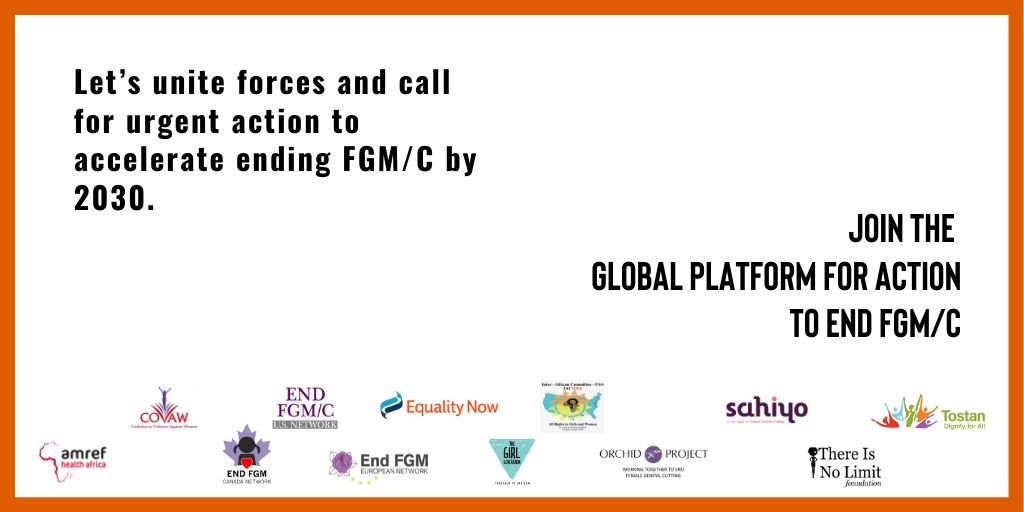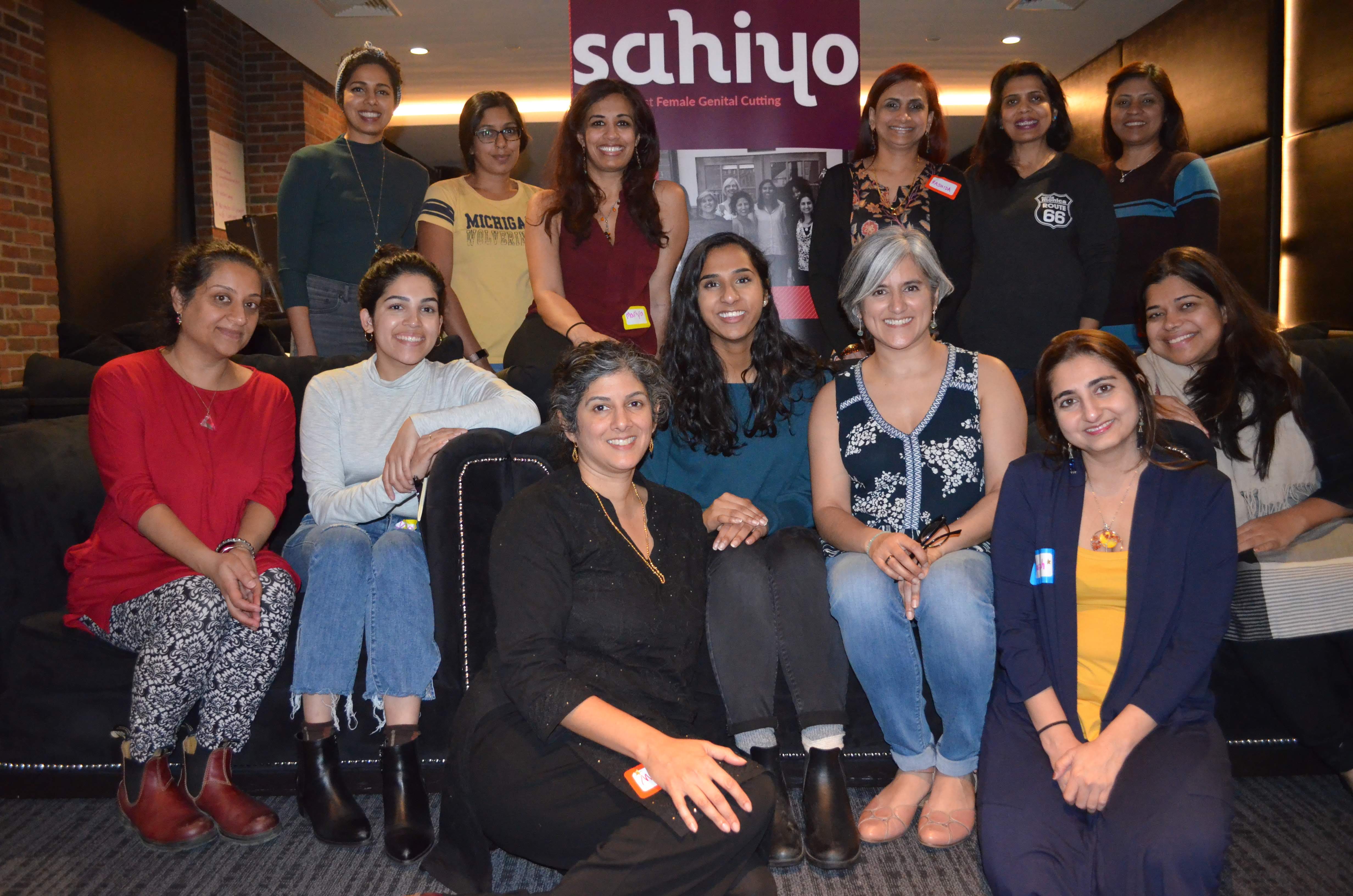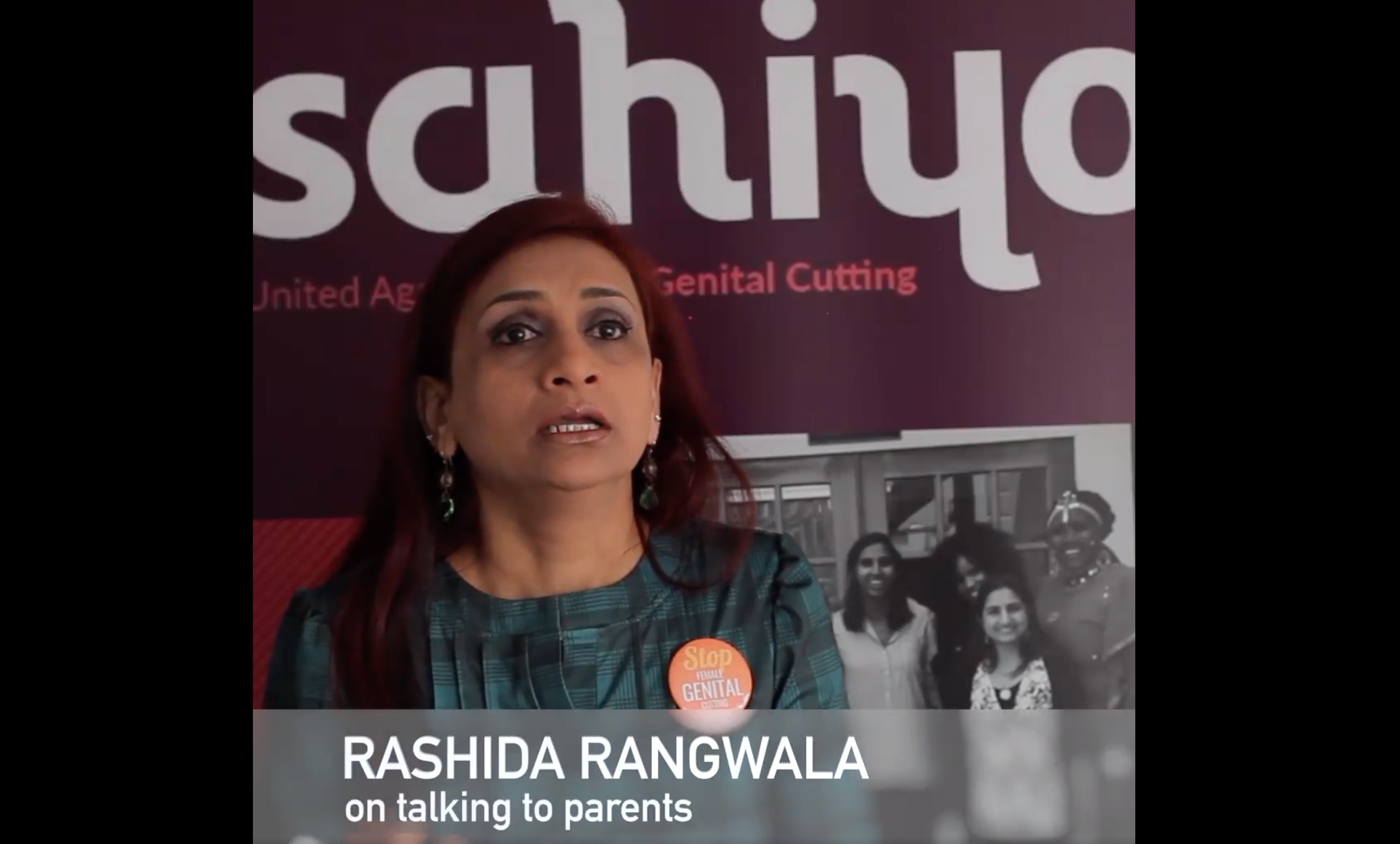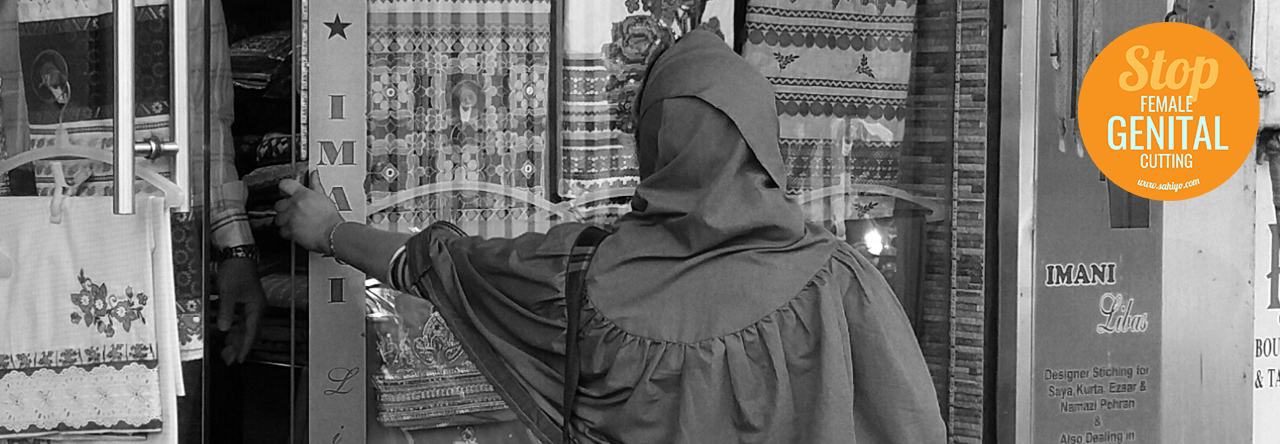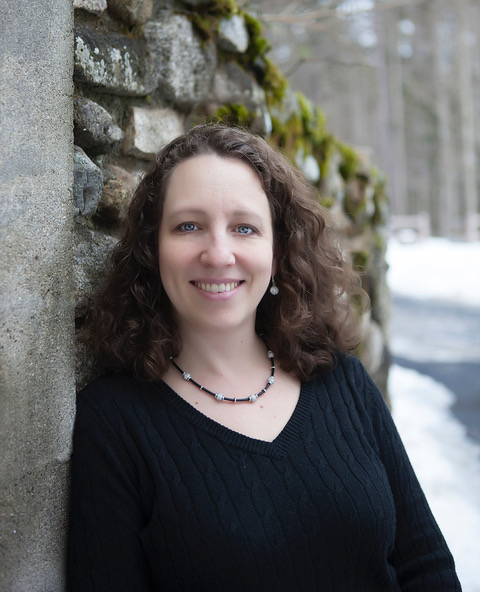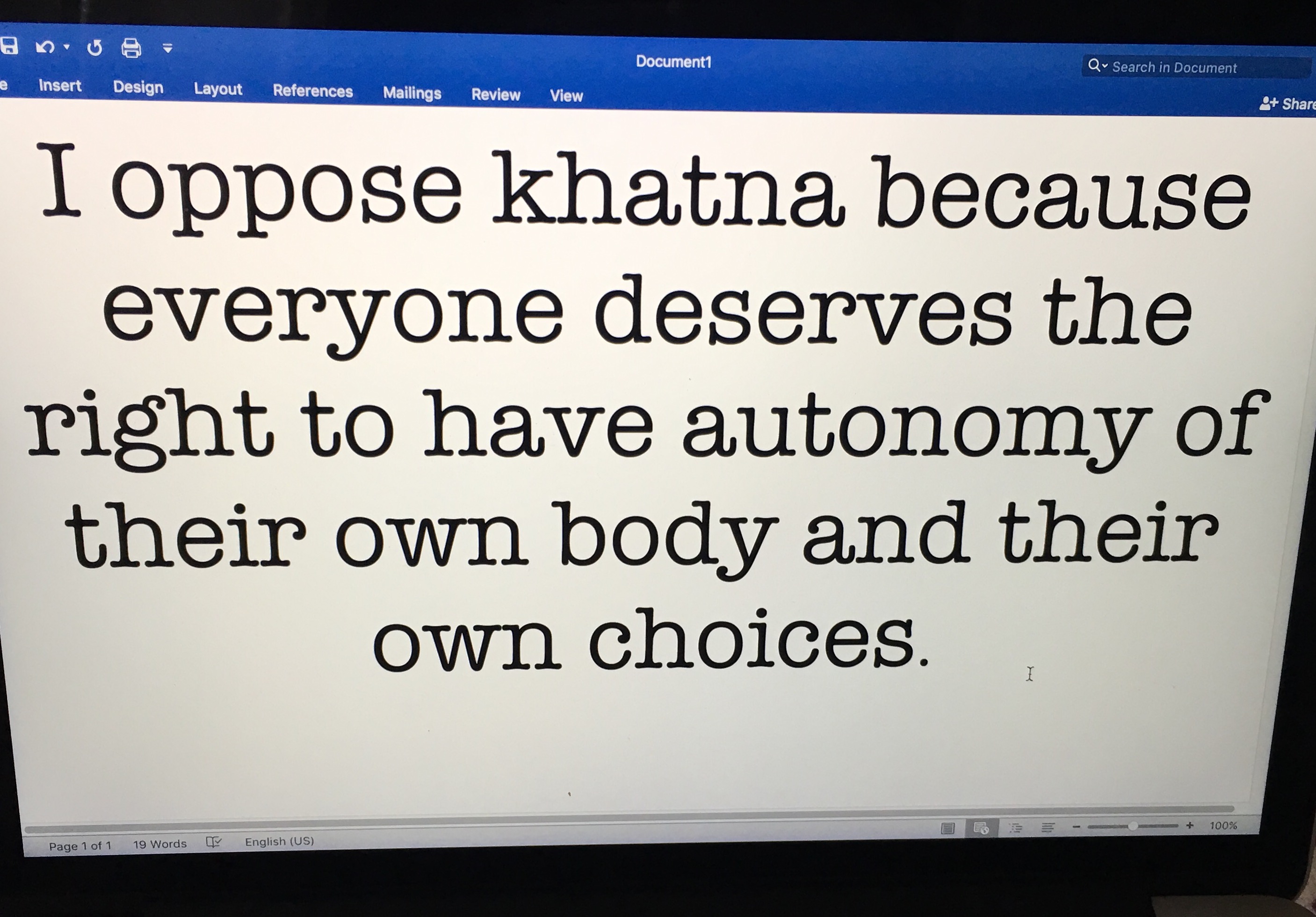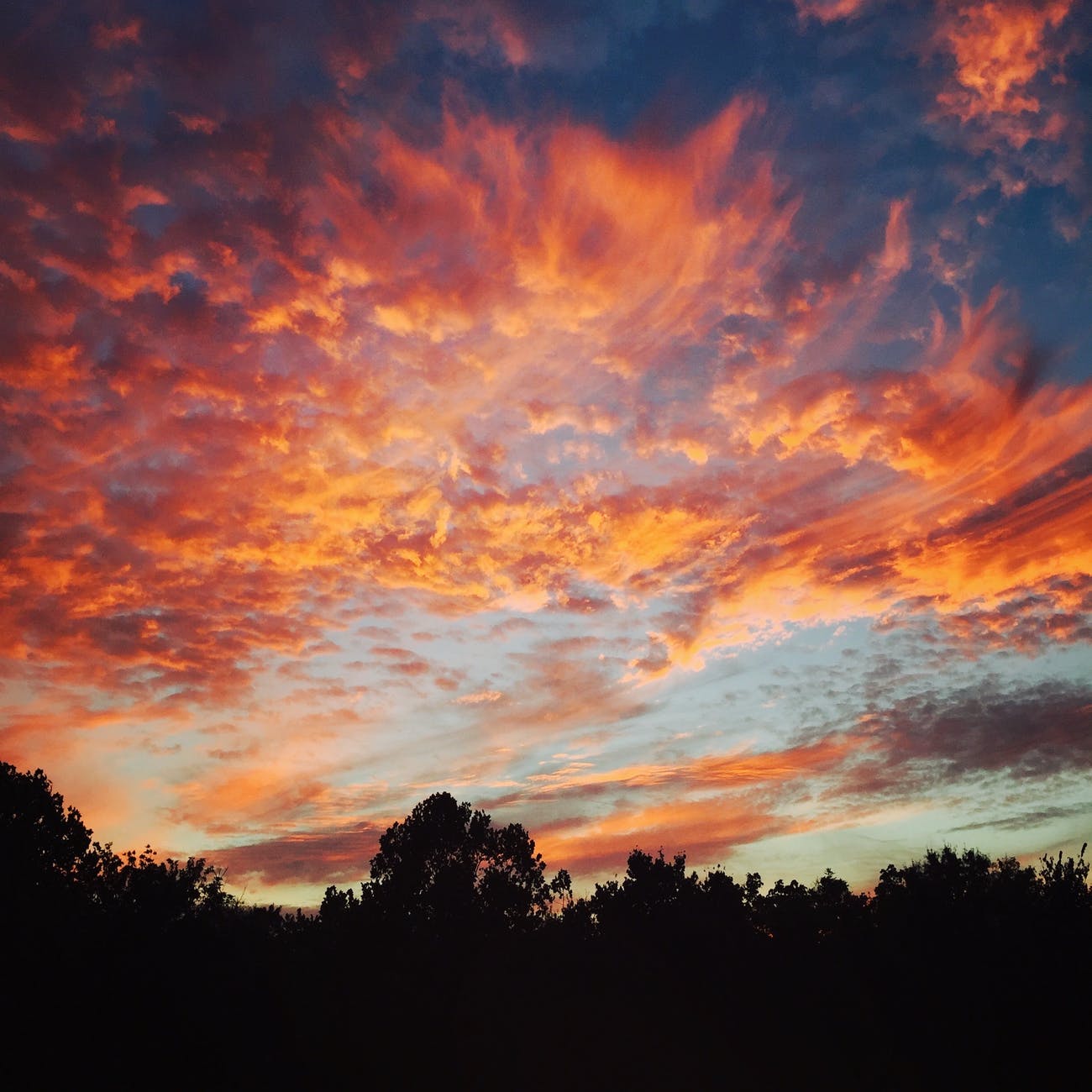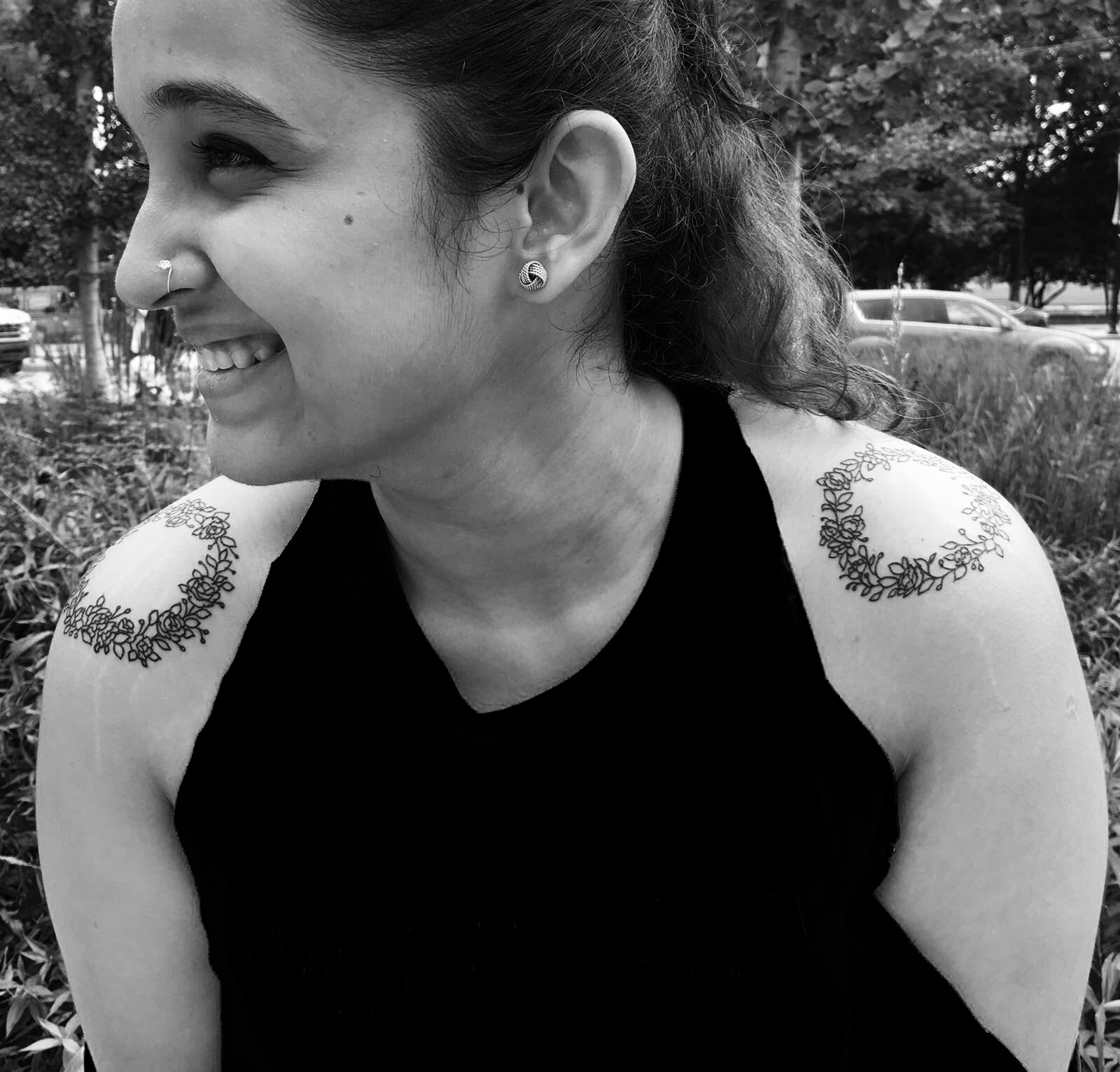Sahiyo’s U.S. Advisory Board provides strategic advice to the management of Sahiyo and ensures that we continue fulfilling our mission to empower communities to end female genital cutting, and create positive social change through dialogue, education, and collaboration based on community involvement. For November, we are featuring A. Renee Bergstrom, EdD, a survivor who has worked as an advocate for the abandonment of female genital cutting for decades.
1) Can you tell us a bit about your background?
I have been interested in using my story to help end Female Genital Mutilation/Cutting (FGM/C) for most of my adult life. I first became involved internationally in 1981 when I applied for a grant from the Women’s Desk of Lutheran World Federation that led to my spending two weeks in Geneva, Switzerland. I spoke with leaders involved in the FGM/C issue, including Marie Assaad, Egypt’s gentle warrior, who was then Deputy Secretary General of the World Council of Churches. The timing was not right politically for my voice to be heard. I would have been seen as another Western woman interfering in other cultures. A group of African women told me to go home and deal with my country’s cultural issues and then come back and compare notes on culture change strategies. This challenge inspired me to continue my college education. I graduated with two bachelor’s degrees from Winona State University in 1988 and 1989, a Master’s degree in adult education from the University of Minnesota in 1992, and a doctorate in education in leadership from Saint Mary’s University of Minnesota in 2009.

My professional career was with the Mayo Clinic in Rochester, Minnesota. I served as a phlebotomist for four years, a certified pulmonary function technologist for seven years, and as a patient education specialist for twenty-three years. I also served on the Mayo Clinic Program in Professionalism and Ethics Communication in Healthcare Faculty. I retired from Mayo in 2012. I was an adjunct professor in Women and Gender Studies at Winona State University in 2010 and 2011. In 2008, I became involved with the Academy of Communication in Healthcare and graduated as ACH Faculty in 2017.
My female justice advocacy included mentoring a dynamic young Somali woman, Filsan Ali. In 2015, we produced a brochure for pregnant, infibulated Somali women to share with their physicians or midwives to promote shared decision-making regarding labor and delivery. We distributed the brochures throughout the United States. In the summer of 2016, Filsan and I were interviewed by John Chua, PhD, for his documentary, The Cut. I participated in the End Violence Against Girls Summit on FGM/C in Washington, D.C. on December 2, 2016. On the same day The Guardian published my story including a portion of Dr. Chua’s documentary. I have since been interviewed by several others, including photojournalist Meeri Matilda Koutaniemi of Finland who is writing a book about FGM/C survivors.
After going public, two other white Christian North American FGM/C survivors reached out to me. They are younger than my children. One woman came to my home, and we worked with the other by phone to write an article that we seek to publish. Although most Christian denominations do not condone FGM/C, we hope to reach Christian readers from churches that do. Our stories may help others have the courage to speak. Christians need to face the damage done by misinterpreting Biblical passages in order to control women.
2) When did you first get involved with Sahiyo and what opportunities have you been involved in?
I was invited to participate in the Sahiyo Stories in Berkeley, California, in May 2018. I so appreciated the opportunity to decide for myself which aspect of my story to tell and illustrate. After much contemplation, I chose to focus on being silenced because it had the greatest long term impact on my life. The Story Center staff provided excellent professional guidance in shaping the videos. The shared community spirit was an additional blessing and key to our ability to complete the daunting process of revealing such personal parts of our lives.
I participated with Mariya Taher in showing Sahiyo Stories at the End Violence Against Women Conference at Lesley University, Cambridge, Massachusetts on November 9, 2018. I practiced my ACH Winter Course workshop that uses Sahiyo videos at the Knowledge and Evaluation Research (KER) unit at Mayo Clinic, Rochester, MN. I was encouraged to discuss with appropriate faculty the inclusion of the videos in Mayo Medical School curriculum on January 9, 2019. I facilitated an ACH Winter Course workshop entitled Patient Engagement Through Brief Focused Videos that featured our Sahiyo stories on January 31, 2019. It was well received, although participants were quite overwhelmed by the content.
3) How has your involvement impacted your life?
I feel so blessed knowing that my story is now seen as helpful to young women who are standing up to their political, cultural and religious leaders to end FGM/C worldwide. Also, being free of the burden of silence has made me holistically healthier. I experience an ineffable spiritual uplifting.
4) What pieces of wisdom would you share with new volunteers or community members who are interested in supporting Sahiyo?
Sahiyo has wisely broadened their scope to include other cultures besides their original focus on the Dawoodi Bohra community. Universal attempts to control women’s sexuality is something for which we women of the world must unite.


